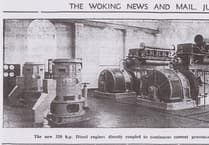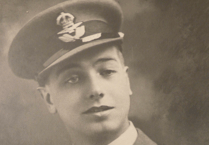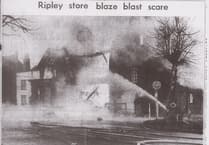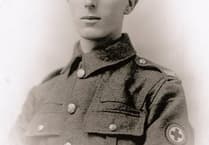There’s nothing like the sight of a bright red fire engine, and you can get close to some vintage ones at Chobham on the first Sunday of each month.
They belong to Alan Greenwood, the owner of Mimbridge Garden Estate in Station Road, where there is also the Longacre cafe and farm shop.
He founded funeral directors Alan Greenwood & Sons, and he’s been collecting and restoring fire engines for 40-odd years. He opened his fire engine museum in 2021 and most of the collection’s vehicles were based at Surrey fire stations. Dennis Brothers, the famous specialist vehicle makers from Guildford, built some.
These are not static museum pieces but roadworthy vehicles available for hire for parties, weddings, proms and funerals.
The fire engine with its ladder extended, registration number CPE 218, was built by Merryweathers of London in 1934. It was first in service with Wimbledon Borough Council and transferred to Surrey Fire Brigade in 1948.
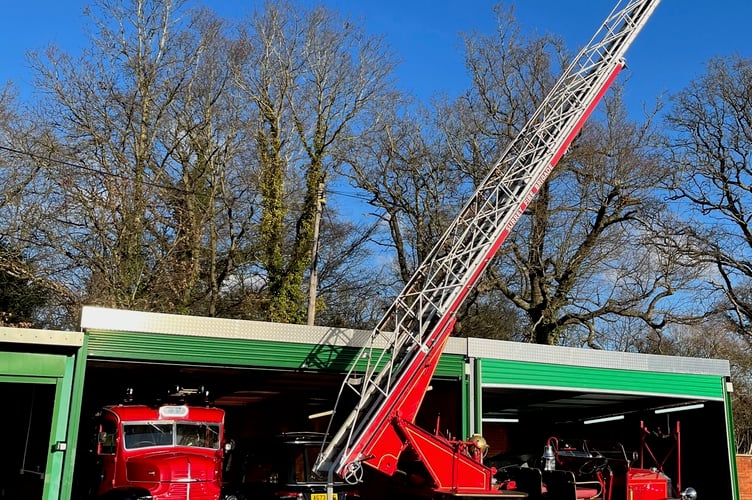
It was retired in 1963 before being restored both in the early 1990s and again recently.
The photo with two Dennis fire engines shows on the left PPL 897. This was built in 1951 and entered service at Surbiton Fire Station. Before transferring to Godalming in the mid-1960s. She then saw service as a training appliance at Reigate. Found behind a fire station in Sheffield in 1988, she was restored by Dennis of Guildford and then sold to mid-Wales firemen who kept her until 2019.
The fire engine on the right, 221 VPB, was built in 1961 and carries a 100ft Magaris ladder. First commissioned for Reigate in 1964 she was later transferred to Chertsey. In 2009 this appliance was fitted with a coffin deck and is used for fireman’s funerals.
Fire engine JUE 612 was built in 1949 by Dennis Brothers for the works brigade of British Thompson Houston in Rugby, Warwickshire. Alan acquired this vehicle in 1987 when she was first restored. She has won prizes on the London to Brighton rally scene and was restored in 2017 by Fire Engine Services in Shropshire.
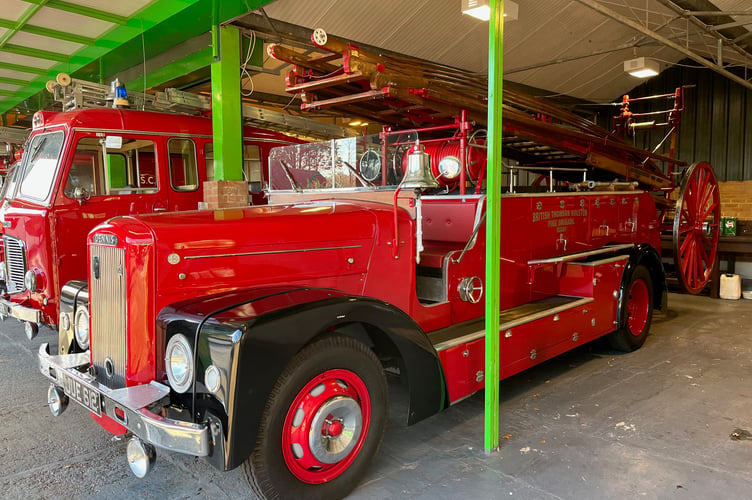
Alan Greenwood uses his vintage fire engines to raise money for charities and on open days the car park is where owners of classic cars bring their pride and joys.
The Romans are credited with having organised firefighting as a free public service where people (often slaves) formed a line to pass pails of water. They also had poles with hooks to pull down buildings.
Once the Romans left Britain firefighting declined. It took 1666’s Great Fire of London for people to act.
In 1676 two Dutchmen invented a fire hose that could be attached to a manual pump. And some were imported into Britain. One of the Dutchmen, John Lofting, moved to London and in 1690 patented the Sucking Worm Engine.
By 1708 the Parish Pump Act was passed, ordering every parish to keep a water pump. They were often low quality. In 1725, a London button maker Robert Newsham invented the first truly effective, cart-mounted, fire engine.
Ewell is credited with having Surrey’s first of these manual fire engines in the 1760s.
By the mid-1880s Byfleet had a volunteer fire brigade courtesy of resident Sir James Whitaker Ellis who had his own manual fire engine. The parish took over responsibility for its fire service in 1894 and a fire station in High Road was opened in 1896.
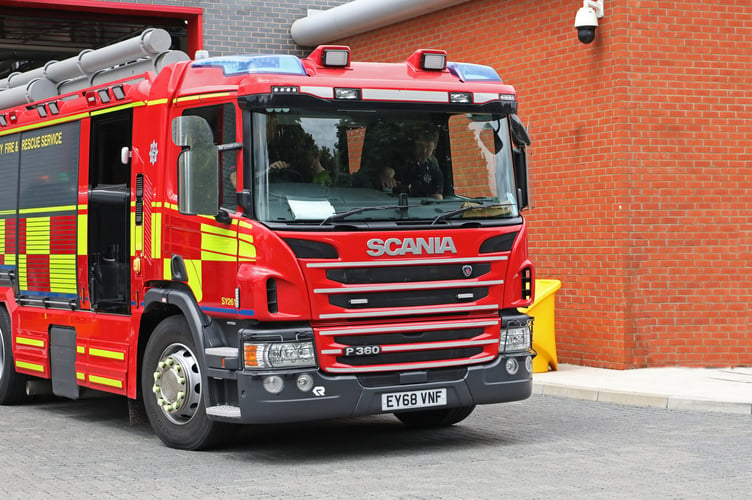
In 1894 in Woking there was talk of providing a fire service but the idea was rejected. However, in May 1895 the new Woking Urban District Council purchased a Merryweather fire engine and accessories with iron sheds as fire stations in Chertsey Road, St Johns, Old Woking and Knaphill. The decision was not welcomed by some who were concerned about cost.
Byfleet acquired its first motor fire engine in 1923 and in 1928 a new fire station was built in Church Road, Woking. The current Woking station in Goldsworth Road opened in July 2016.

